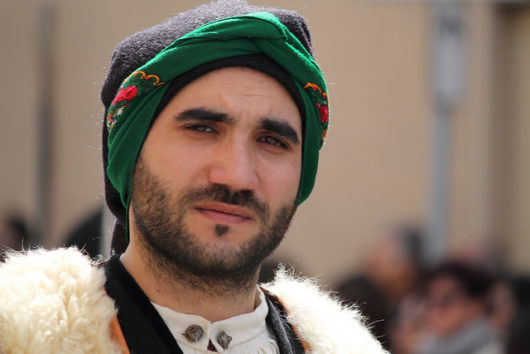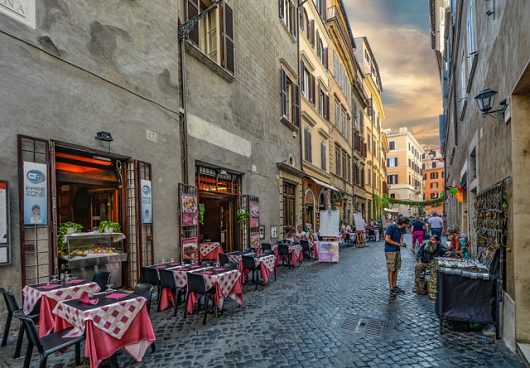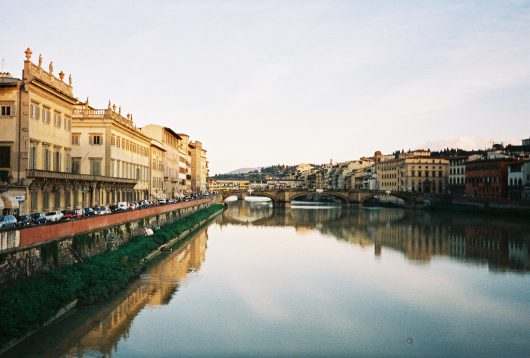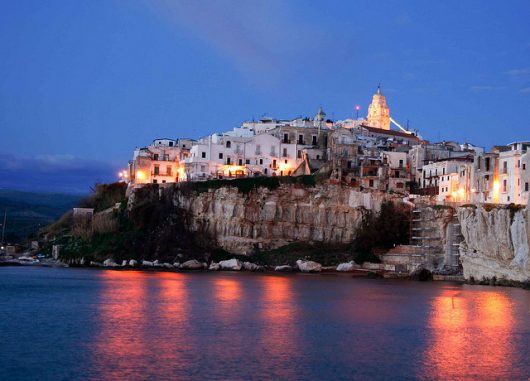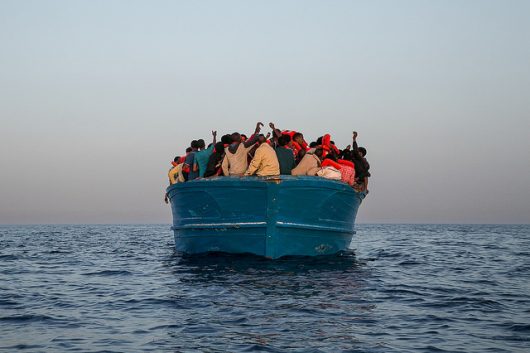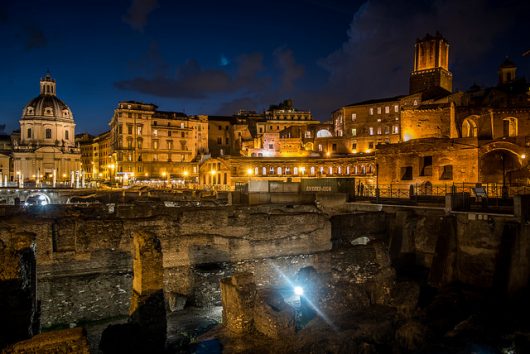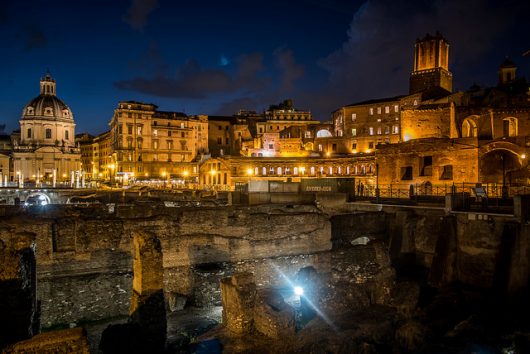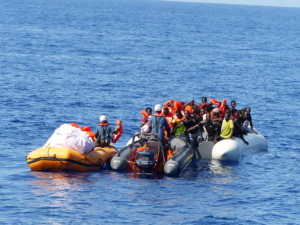 The migrant boat shipwreck occurring in Italy on February 26, 2023, serves as a reminder that stronger action is necessary to address the Mediterranean migration crisis. Thousands of migrants attempt to cross the Mediterranean Sea by boat with the hope of a better future. However, the Mediterranean is a deadly route for migrants, with more than 26,000 people missing or dead since 2014.
The migrant boat shipwreck occurring in Italy on February 26, 2023, serves as a reminder that stronger action is necessary to address the Mediterranean migration crisis. Thousands of migrants attempt to cross the Mediterranean Sea by boat with the hope of a better future. However, the Mediterranean is a deadly route for migrants, with more than 26,000 people missing or dead since 2014.
The EU’s response to the migrant crisis in the Mediterranean has been criticized for falling short in addressing and collaborating on the issue. Numbers of experts posit that the prioritization of borders over human lives is an uncomfortable truth that must be confronted as the deadly waters continue to claim the lives of those seeking a future free from poverty, war and violence.
Migrant Boat Shipwreck in Italy
The migrant boat shipwreck in Italy led to at least 63 confirmed deaths, including women and children. The migrants had hoped to land near Crotone in search of a new life free from poverty. About 200 migrants from Afghanistan, Pakistan, Somalia, Syria, Iraq and Iran boarded the boat, which had set out from Izmir, Turkey a few days before the shipwreck.
Due to high poverty rates and extreme living conditions in countries like Afghanistan, people are seeking better opportunities through migration. The economic collapse in Afghanistan, worsened by the Taliban’s seizure of power and international donors suspending non-humanitarian funding has created a humanitarian crisis. As of mid-2021, the U.N. Refugee Agency reported that 2.7 million Afghans were displaced across borders worldwide.
The loss of lives in this incident serves as a reminder of the urgent need for comprehensive solutions to the ongoing migrant crisis in the Mediterranean.
Recent data shows a noteworthy surge in migrant arrivals in Italy compared to the same months in 2021-2022, with the figures tripling. While the peak of the migrant crisis in the EU was witnessed between 2014-2017, this year has seen a steep increase in arrivals, with Ivorians, Guineans, and Bangladeshis being the most represented nationalities.
Many migrants originate from countries with high poverty rates, including Cote d’Ivoire, which experienced a 6.7% rise in GDP in 2022, yet more than 11% of its population lived below the international poverty line. Similarly, extreme weather events and other factors have led to 35 million people continuing to live below the poverty line, as per recent reports.
Taking Action to Resolve the Mediterranean Migration Crisis
The Global Route-Based Migration Programme, initiated by the International Federation of Red Cross and Red Crescent Societies (IFRC) in 2021, aims to improve the safety and dignity of people on the move, including migrants, refugees, asylum seekers, and other displaced individuals, along land and sea-based migration routes in Africa, Europe, the Middle East and North Africa and the Americas.
The program seeks to support 4.7 million people on the move and people in host communities annually by utilizing the expertise and reach of 57 Red Cross and Red Crescent Societies worldwide. It is a tool that can be used to address the migration crisis and improve coordination and collaboration among organizations and governments, while also enhancing support and access to essential needs such as food, water, shelter, information and health care.
The Path Forward
Addressing the root causes of migration and providing support to those in need requires a collaborative effort. In a bilateral meeting on the aftermath of the migrant boat shipwreck in Italy, during a March 2023 EU summit in Brussels, French President Macron and Italian Prime Minister Meloni discussed the need for a common European solution to manage migration and aid those in need. While migration policy has been a point of tension between the two countries in the past, this meeting signifies a step toward finding common ground and working together to address the complex challenges of migration in Europe.
– Elena Maria Puri
Photo: Flickr
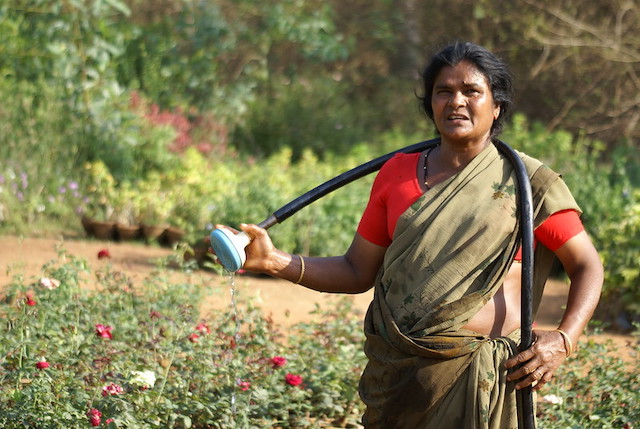 One of the most important factors in beating the coronavirus is ensuring that everybody has access to public health. According to
One of the most important factors in beating the coronavirus is ensuring that everybody has access to public health. According to 